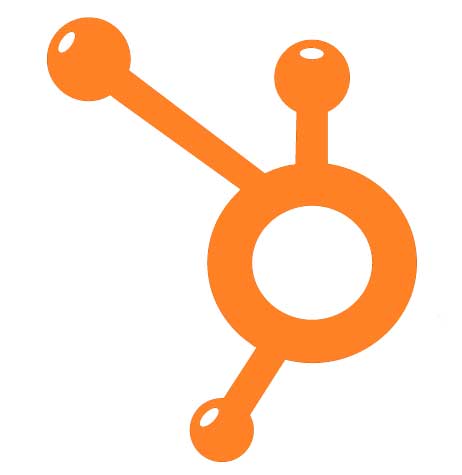
In the context of mentoring, sponsorship has two distinct meanings. Sponsorship describes the actions of the executive who agrees to fund and promote a formal mentoring program. The second type of sponsorship is a type of “higher level” mentoring, with clear goals and a tracking mechanism.
We will be blogging about the first type shortly, and suggest that you sign up for updates (via email to the right or RSS above) to ensure that you don’t miss our ideas on finding a sponsor for your program and best practices for helping those executives promote the program internally.
This part of a series of blogs on Age Diversity and the Four Generations in the Workplace (Traditionalists, Baby Boomers, Generation X and Millennials) and how to work with the different perspectives of members of these groups, in the context of a large, formal mentoring program.
A few weeks ago, LinkedIn published a study which related mentoring by and for women to their position within the four demographic generations. It seemed timely to wrap up this series of blogs on Mentoring, Age Diversity and Demographic challenges in the workplace with a discussion about where sponsorship fits into a corporate mentoring program’s success.
The LinkedIn survey of over 1,000 executive women found that 82% of the surveyed women agreed that having a mentor is important. But many had never had a mentor, especially if they were Baby Boomers.
Many firms have implemented mentoring programs in the past few years in response to the desires of the Millennials. An on-boarding mentoring program is a great way to speed up the initial learning job skills and the corporate culture.
But mentoring for more complex or sophisticated talent development often connects a more experienced employee from a different “generation” from a younger employee two levels below.
To the staff at Mentor Resources, the LinkedIn study, and the infographic above, highlights the importance structure and training play in the positive outcome of a mentoring program.
How can organization expect good results of a mentoring program, if many of the participants have no direct experience with a mentor?
We encourage you to think strategically about your pipeline of talent, and how mentoring can help. Our team is available to help you develop the plan – for setting goals, for soliciting participation and for finding sponsorship within your organization.
That is, sponsorship of the mentoring program, within the senior ranks of your organization, and sponsorship method of moving people into more challenging roles and building the organization’s bench strength.
Mentors are expected to provide psychosocial and career support. Most mentors focus on personal and professional development.
Sponsorship, by contrast, involves advocating for advancement. Without sponsorship, a person is less likely to be promoted, even if they are high-potential. Research by Kathy Kram suggests that someone is likely to be overlooked for promotion regardless of his or her competence and performance. This is especially true for managers at mid-career and beyond.
Mentors and Sponsors: How They Differ
Mentors
- Can sit at any level in the hierarchy
- Provide emotional support, feedback on how to improve and other advice
- Focus on mentee’s personal and professional development
- Help mentees learn to navigate corporate politics
- Serve as role models
Sponsors
- Must be senior managers with influence
- Give protegés exposure to other executives who may help their careers
- Make sure their people are considered for promising opportunities and challenging assignments
- Protect their sponsorees from negative publicity or damaging contact with senior executives
- Fight to get their people promoted
Studies have shown that women in formal mentoring programs were more likely to win promotions than those who had found their own mentors.
So, while firms are only beginning to have clear sponsorship expectations from mentors in their high-potential programs, some sponsorship was occurring. In one example cited, IBM Europe has a clearly defined sponsorship program for senior women below the executive level. Sponsors are expected to get their candidates ready to for the next level within a year. Failure to obtain a promotion is viewed as a failure of the sponsor, not of the candidate.
We have summarized our findings in a white paper on age diversity and mentoring programs.


